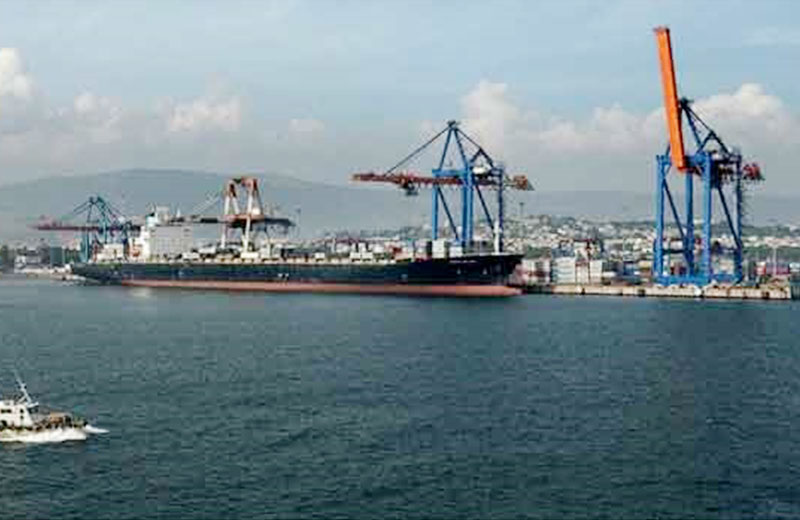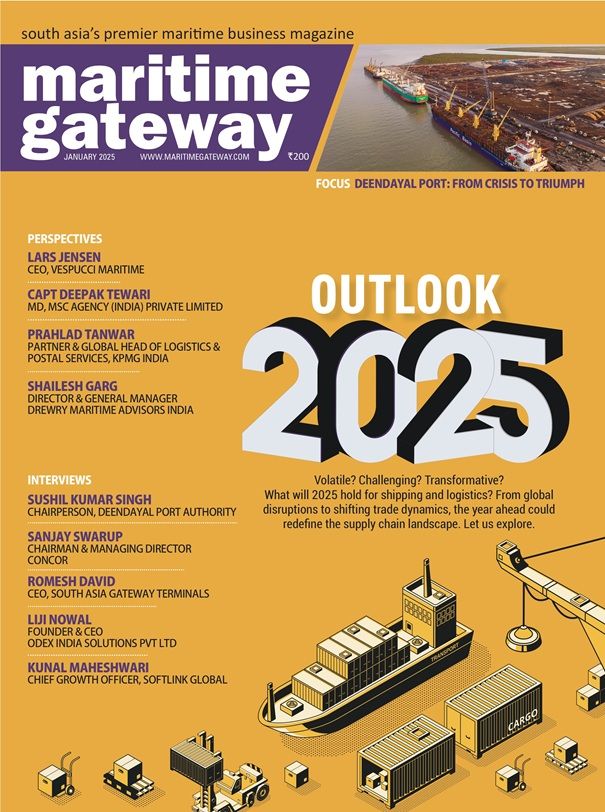[vc_row][vc_column][vc_column_text]
A special team from Nepal will be arriving here on June 23 to execute the agreement reached between Nepal and Indian government for making Visakhapatnam Port as the second Exim port of Nepal.
The team headed by Dr Somlal Subedi, chief secretary of Nepal will be here on June 23 and 24 to interact with various stakeholders like the East Coast Railway, Container Corporation of India, Customs, Visakha Container Terminal, CII, Liner Associations and Shipping Agents Associations.
“The agreement between Nepal and India facilitating transport of Exim cargo through the Port of Visakhapatnam is a historic milestone. This would strengthen the trade relations between the two countries,” said the chairman of Visakhapatnam Port Trust MT Krishna Babu.
India is the largest trading partner for Nepal. The International Container Depot at Birgunj in Nepal is a rail-connected terminal around 5.4 km away from the Raxoul station of the Indian Railways. The north and south highways in Nepal are connected to the Indian border and serve the Exim trade.
So far Kolkata and Haldia are the only designated ports for transport of the Exim cargo of Nepal. To meet the growing transportation requirement, Nepal has been contemplating transit route between Nepal and Visakhapatnam.
An understanding was reached between the Prime Ministers of Nepal and India during the official visit of Prime Minister of Nepal to India on August 18, 2009, and subsequent meeting of Inter-governmental committee in Kathmandu on January 27, 2010.
Accordingly Indian government has recently agreed to provide the additional transit facility to Nepal through the Port of Visakhapatnam as the second gateway port. The agreement provides for transport of the cargo through the rail route connecting Visakhapatnam-Jogbani or and Visakhapatnam-Birgunj. In addition to the rail route, four road routes have also been identified.
The movement of traffic-in-transit between Port of Visakhapatnam and Nepal will be in sealed containers and in full rake only and the cost of transhipment will be borne by the consignor or consignee. Most of the transit cargo of Nepal will be from China.
The terminal at Port of Visakhapatnam can act as an ideal gateway for east-bound cargo. Handling of cargo through Port of Visakhapatnam will be advantageous in terms of ocean freight and liner detention. “Initially we cannot expect much turnover of cargo from these two countries but in the long run the VPT would benefit,” Krishna Babu said.
[/vc_column_text][/vc_column][/vc_row]







